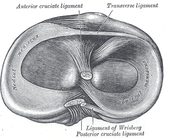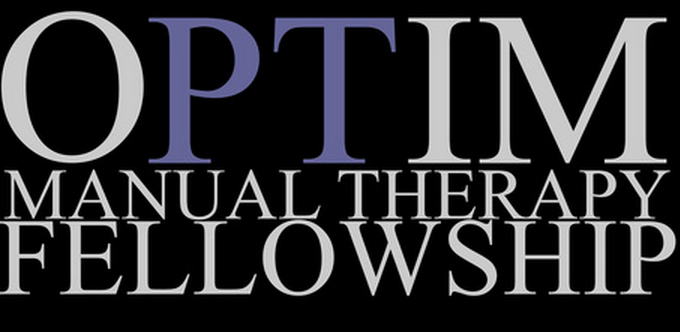 Imagine a 65-year old patient walks into your clinic with medial sided knee pain. He reports an insidious onset of pain that increases after rest and decreases with movement. Assuming he does not present with any red flags, this patient likely has knee osteoarthritis. Osteoarthritis is a breakdown of the protective cartilage surrounding synovial joints. The knee joint contains fibrocartilaginous meniscus and the articular cartilage surrounding the joint surfaces. In osteoarthritis, there will be a breakdown of both types of cartilage. As a clinician it is important to understand that a patient with OA will also have degenerative meniscal tears. This individual likely does not need a meniscal surgery, they need lower quadrant strengthening and mobility exercises. Conservative management of cartilage defects is challenging. Cartilage has poor vascular supply which does not aid the healing process. Movement is the ideal method of healing for cartilage. As the PT, our job is to gradually reintroduce joint loading to the injured tissue. This can be done through muscle contractions and gradual weightbearing. Individuals with cartilage defects should be performing 1,000's of repetitions at ~15% of their 1RM. In other words, low resistance/high repetition interventions are the best. Examples of low resistance/high intensity include the bicycle, total gym (vigor gym), unloaded treadmill, and seated tailgaters (passive knee swings). Early in the patient's plan of care, you want to train in the pain free region as much as possible. The patient should not leave the clinic in more pain than when they come in.  Recommendation for Treatment for someone with Degenerative Knee Meniscal Pathology: 1) Manual therapy to address joint hypomobility 2) Corrective exercises to address any positional faults 3) Strengthening the hip and ankle musculature 4) Education on cartilage damage and how to rehabilitate the tissue* 5) Aerobic machines for high repetition, low resistance exercise- Thousands of repetitions at 15% 1 RM. 6) Retraining poor functional movement patterns (squat, lunge, SL balance) *Education includes the necessity to perform these repetitions throughout the day also. If able, the patient should be going to the gym an riding a stationary bike for long periods. As always, let pain and the patient's response to treatment be your guide before progression. (Written on The Student Physical Therapist by OPTIM Faculty Member Jim Heafner)
2 Comments
Michael Giardina
11/15/2015 07:13:52 pm
Jim:
Reply
1/24/2022 04:44:10 am
This article is awesome, I would love to recommend this post. Thanks for sharing!
Reply
Leave a Reply. |
Details
ContactEmail Good readsCategories |
 RSS Feed
RSS Feed